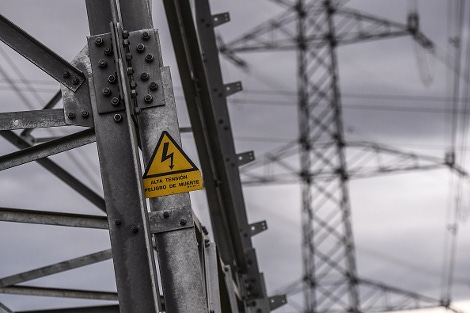NRDC Acknowledges Its Data Center Energy Estimates Were OffNRDC Acknowledges Its Data Center Energy Estimates Were Off
Activist group's well-publicized 2014 report grossly overestimated total data center energy consumption in the US

The high-profile US activist group Natural Resources Defense Council, which two years ago rang a loud alarm bell about growing data center energy use in the US, has responded to the US government’s latest report on data center energy consumption in the country, which shows that NRDCs 2014 report grossly overstated the amount of energy the industry consumes.
The government estimated that all data centers in the US consumed about 70 billion kilowatt-hours of electricity in 2014, which is 6.4 billion kWh less than NRDC’s estimate for 2011 and 21 billion kWh less than NRDC’s estimate for 2013. The industry’s overall data center energy consumption grows over time, as more facilities are built and brought online, even though the government’s study shows that the growth rate has been much lower than even the study’s authors had expected, due primarily to efficiency improvements.
The government’s study, second of its kind, was conducted by researchers from the US Department of Energy, Stanford University, Northwestern University, and Carnegie Mellon University.
Read more: Here's How Much Energy All US Data Centers Consume
Pierre Delforge, director of NRDC’s High Tech Sector Energy Efficiency, Energy and Transportation program, acknowledged the discrepancy between NRDC’s and the DOE’s data center energy use estimates in a blog post on the group’s website Thursday, saying NRDC had used the best available data at the time, but didn’t say how big the discrepancy was.
The government's estimate is "lower than previous industry analysts’ estimates, which NRDC’s 2014 report used as the best available information at the time,” he wrote.
Estimating industry-wide data center energy consumption is extremely difficult. Most data center operators don’t disclose their energy use, and many, who operate older, poorly instrumented facilities, simply don’t have that information.
Data available to researchers is limited, Arman Shehabi, research scientist at the DOE’s Lawrence Berkeley National Laboratory and one of the new study’s lead authors, told Data Center Knowledge in an interview. The researchers relied to a great extent on data center sizes, infrastructure efficiency estimates, and server shipment estimates provided by industry analysts, so the final conclusions about the industry's overall energy use are a combination of some bottom-up analysis and lots of “top-down” assumptions, he said.
Where the DOE report agreed with NRDC’s findings was that most of the efficiency gains were being made by operators of hyperscale data centers, companies like Google, Facebook, Microsoft, and Amazon. While their overall data center footprint is growing quickly, most of the world’s data centers are smaller, predominantly inefficient single-user enterprise facilities.
See also: The Problem of Inefficient Cooling in Smaller Data Centers
Another point of agreement is that the total amount of energy consumption in the US is still enormous, and that there are no signs that demand for data center capacity will slow. As Delforge pointed out in his blog post, the amount of carbon emissions associated with generating 70 billion kWh of energy is about equivalent to the monthly carbon output of the UK, the world’s fifth largest economy.
Both Delforge and authors of the DOE report cautioned that the recent gains in efficiency don’t mean the problem of growing data center energy use has been solved for good.
About the Author
You May Also Like







